The Tremec T56 Six-Speed: Revolution and Evolution
Tremec, also known as Transmission Technology Corp., is a major producer of manual-transmission and drivetrain components. Tremec operates a world-class plant that is producing transmission products for many of the world’s major auto and truck manufacturers.

The Future for Manual Transmissions
When I speak of manual- (standard) transmission work, the category actually will include more than transmissions. This umbrella includes other driveline services: all types of transfer cases, differentials, and associated parts such as drive shafts, U-joints, and tires. The mix of transmissions in the marketplace is about 20% manual and 80% automatic.

Math for Mechanics
You can’t read or discuss anything about automobiles without getting into performance figures and estimates.

NV246: Understanding the Tricks
The New Venture 246 transfer case has been around since the 1998 model year. Found in GM K trucks (Tahoe, pickup, Yukon, Suburban, Suburban EXT, Escalade and Avalanche), this is a large, heavy-duty transfer case.
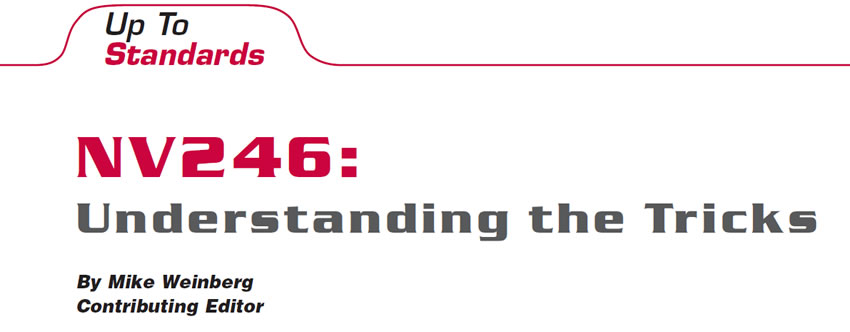
Related Parts
When a customer engages you to repair a transmission, transfer case or differential, you are immediately concerned with the present operation or failure of that component. In short order you and your customer create an agreement in principle between you regarding the cost of that repair and your responsibility during and after the process.
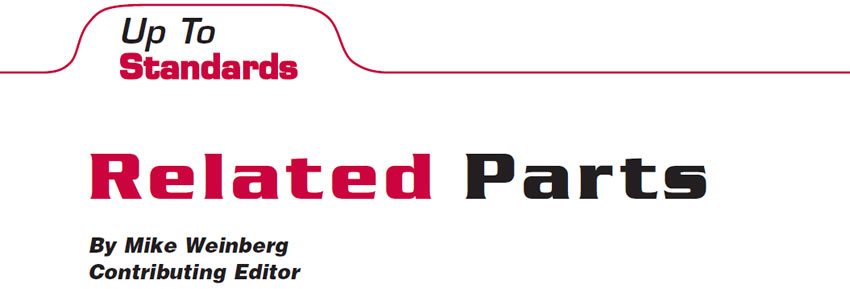
Understanding Synchronization
One of the least-understood and most-commonly misdiagnosed complaints/problems with manually shifted transmissions and transfer cases is synchronization.

Up to Standards
The cliché “What you don’t know can’t hurt you” is way out of date. The single most-important commodity in the world we operate in is knowledge. Information – and that means good, factual information – is the only thing that stands between us and expensive failures. Our quest for information will include a good working knowledge of the operation of the complex systems that comprise the modern motor vehicle and their relation to one another, feedback from the customer to fully understand their problem and the results they want you to achieve, and a thorough and complete observation of the vehicle you are working on.
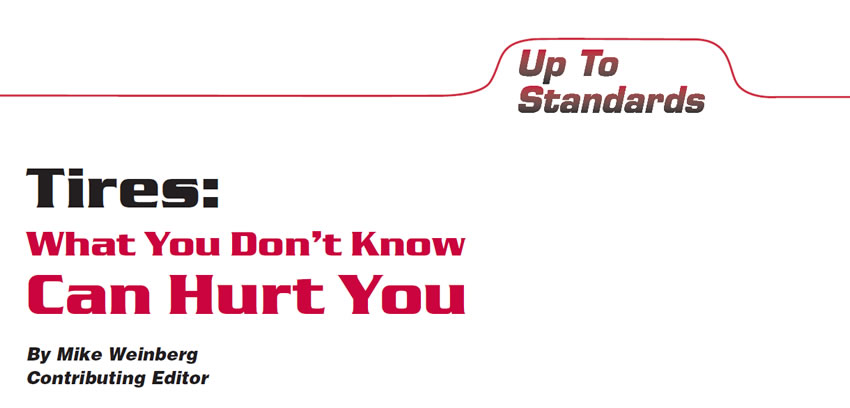
Advancing Clutch Technology
Last month we discussed pioneering new technology for differentials. Here we look at the cutting edge of manual-transmission clutch technology.

Identification Guide to BorgWarner Transfer Cases
One of the most time-consuming and annoying problems associated with manual-transmission and transfer-case repair is unit identification. It is difficult to diagnose, buy parts or remanufactured units, and create a correct estimate for the customer when you cannot identify which unit you are working on. All units leave the factory well marked with decals, metal ID tags or both, but through use, weather and previous repairs, many of these ID devices become illegible or non-existent.
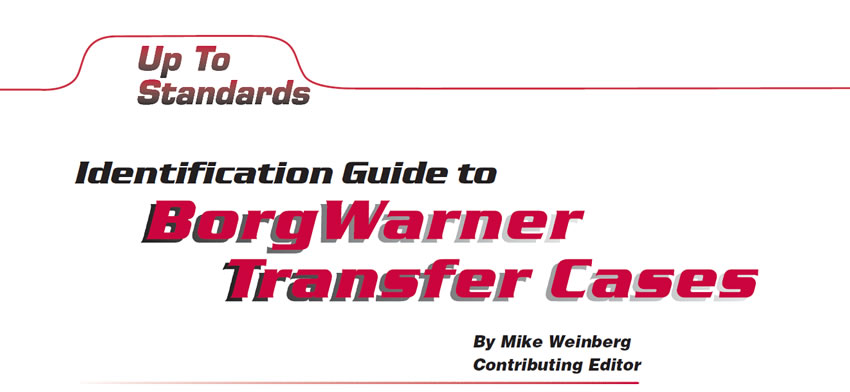
A First View of Borg Warner’s Interactive Torque Management System
The quest for better technology never rests. The cars being produced today are perhaps the best ever for durability, emissions control, fuel efficiency, handling, braking and power. You don’t have to be in our industry for very long to realize that, across the board, the manufacturers are building great products. If the car owner follows the prescribed maintenance schedules, there is an excellent chance that his vehicle will easily exceed 100,000 miles without a major component failure.
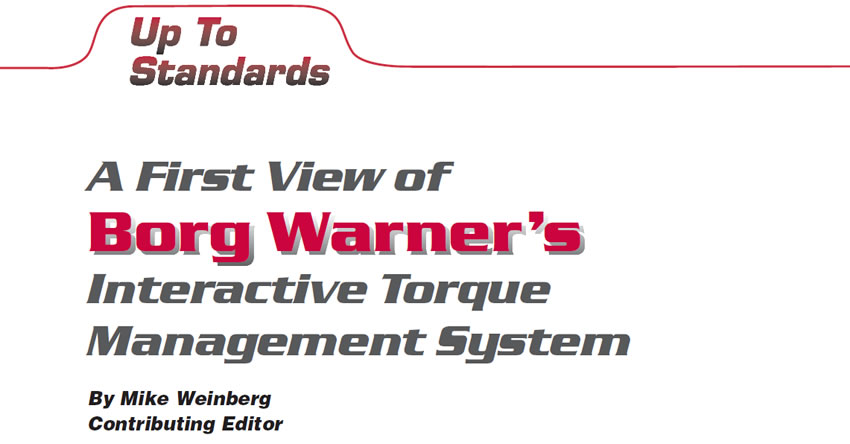
Solving Difficult Problems: Think Outside the Box
It is easy to lose one’s way and become embroiled in solving problems that actually do not exist. This is where the development of a proper diagnostic method of thinking a problem through before actually turning a wrench is a must. We as technicians are always guilty of attacking the unit when any number of external forces can create the problem that has shown up while it’s under warranty.
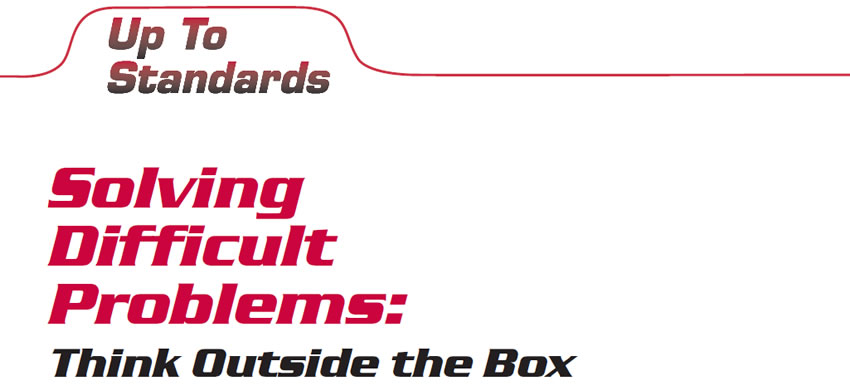
Where Do We Go from Here?
The start of a new year is a time for reflection on the current state of business and a time to formulate a business plan for the next 12 months. For most shops in our industry the past few years have been difficult, and many have closed, sold out or changed the way they do business. Twenty-some-odd years ago there were about 24,000 transmission shops in the country, and at this point the latest estimates are less than 10,000 shops that do nothing but transmission work. This is consolidation on a grand scale.

